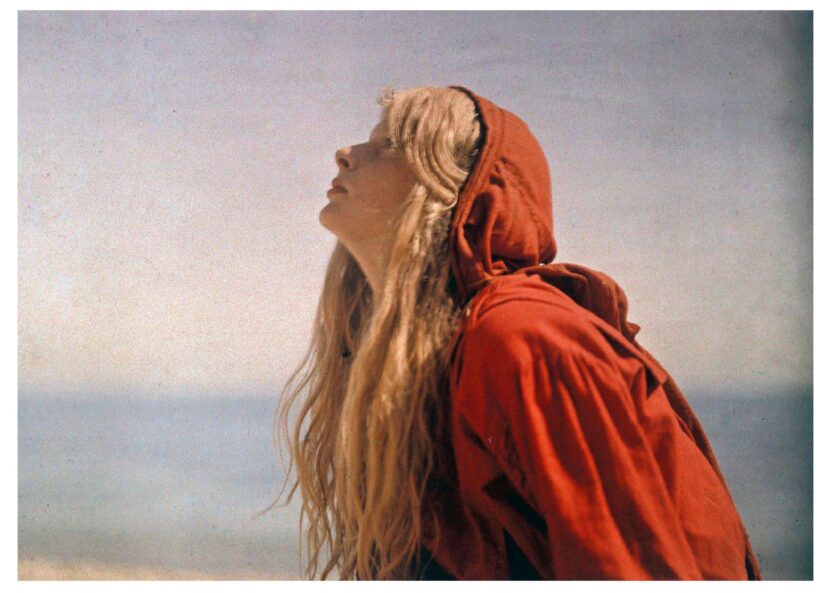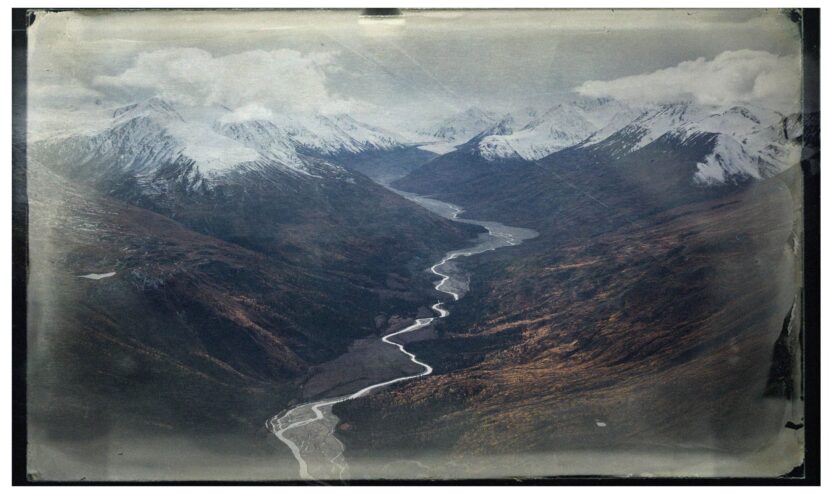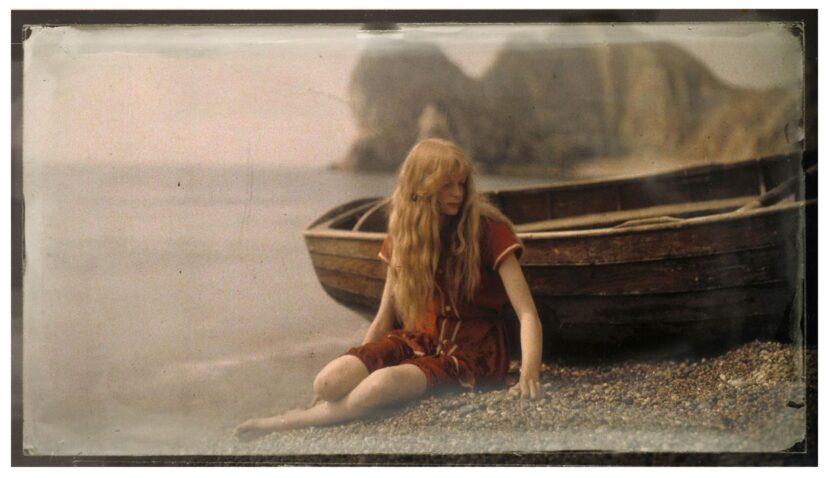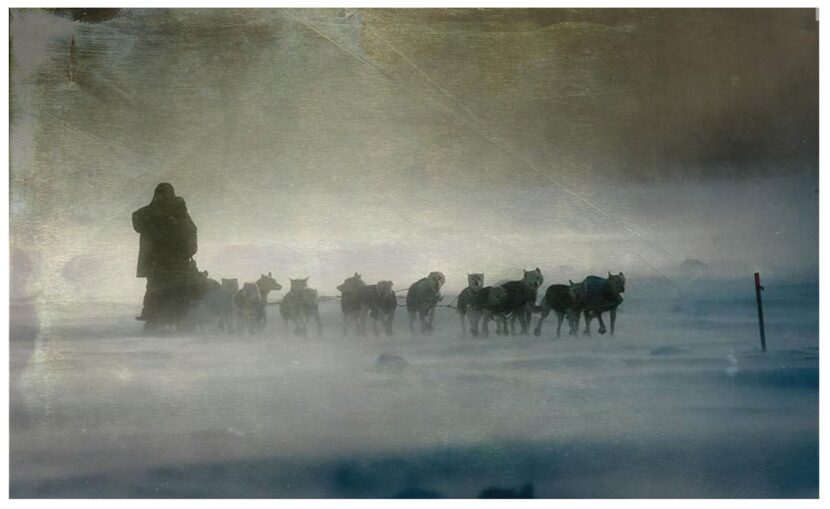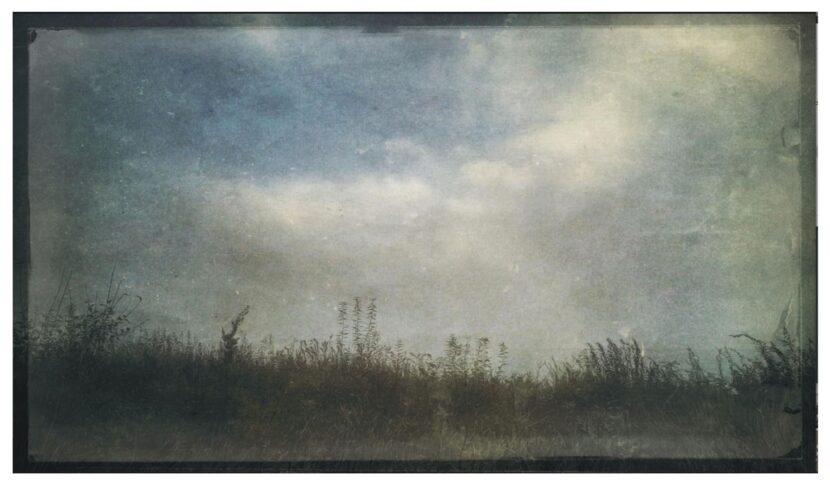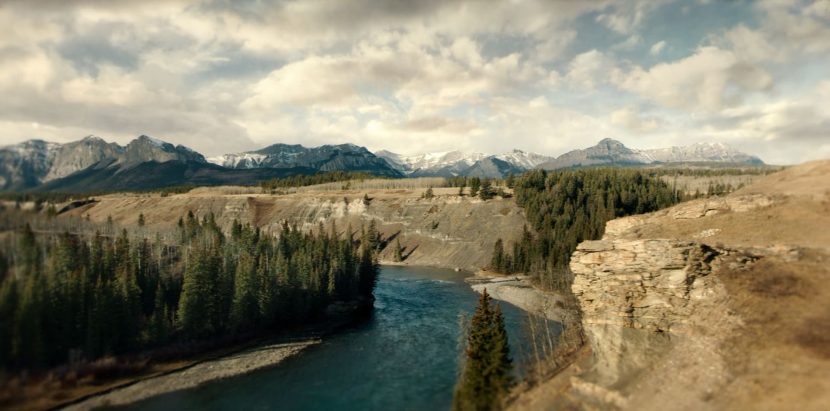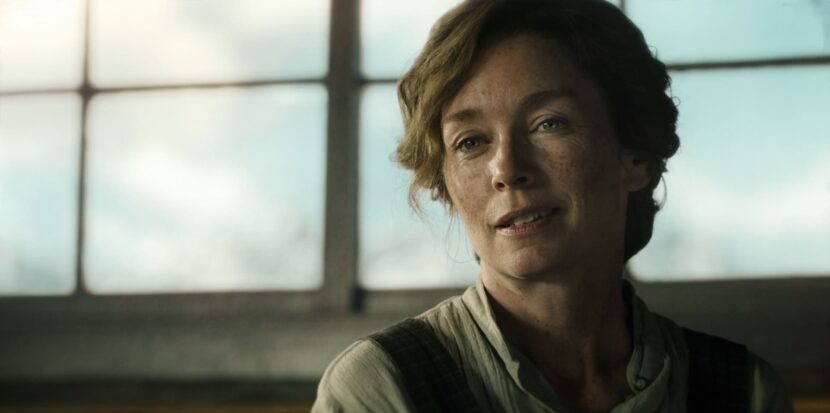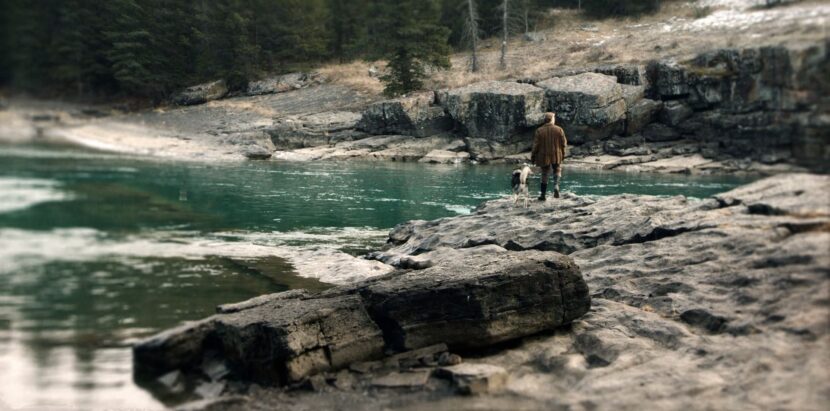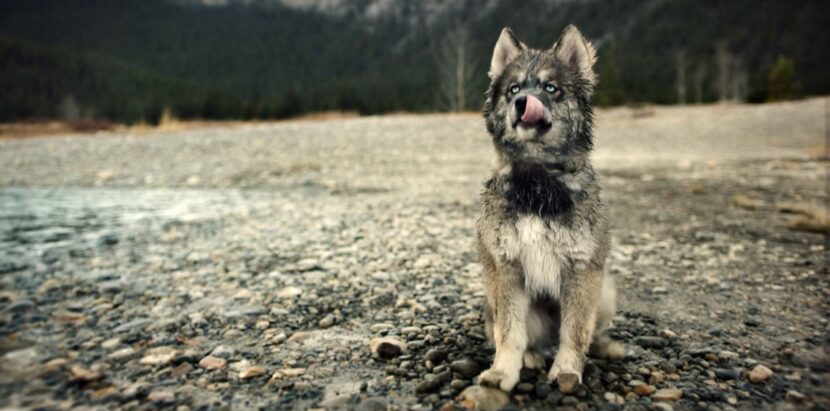Disney+’s Togo is the story of Leonhard Seppala and his lead dog Togo, who completed the longest section of the Great Race of Mercy, the famed sled dog relay that brought diphtheria antitoxin across the U.S. territory of Alaska in five and a half days to save the town of Nome from an impending epidemic.
Grading: Digital Autochrome
Director/DP Ericson Core approached Siggy Ferstl at Company 3 very early on with the director’s overarching concept of bringing a derivation of the century-old Autochrome process to the look of Togo. Ferstl worked for months prior to the actual grading session developing a way to bring the very organic-feeling textures and hue representation to the film, such that the look of the Autochrome and a sense of age appeared as something intrinsic to the imagery and not just some layer stuck on top of the Alexa-shot footage.
While Ferstl would normally be using the color grading tools that one associates with BlackMagic’s Resolve to accomplish this, Ferstl used this project as an opportunity to harness the power of Resolve’s Fusion software. He worked hard to bring into the final grading session a number of elements that would normally have to be sent out to VFX. For this project a traditional pipeline would have added an enormous amount of time and budget to the process, likely making it prohibitive and unachievable.
Director Core provided a set of reference images to Ferstl that showed the visual essence of the Autochrome that the director was looking to emulate. Below is a set of five such key reference images showing the original Autochrome process from early last century, which were visual guides for the distinctive and rich look the Director wanted for Togo.
Original Reference Images: Autochrome
Ferstl spent months in a form of ‘look dev’ on his own, and he also worked closely with Core in the Resolve suite to then refine the look with the interactivity of a grading session. Ferstl was working sometimes with 15 or 16 or more layers, comprised often of layers within layers. As a change to one layer would usually affect all the other layers, it was essential that Ferstl was able to process all the Fusion and Resolve color layers altogether, rather than having to send different elements out to different programs, then return them to the timeline. To help with the workflow the online editor was also working in Resolve and sharing a timeline with Ferstl. This allowed changes to be returned to the timeline very quickly.
Company 3 was included very early on the film making process by the Director. “Thank God he did, otherwise, it couldn’t have happened,” Ferstl comments. “It did end up being a bit of a labor of love for me because the look and the style that Ericson (Core) wanted was something that I really loved and I knew it was in my wheelhouse in terms of style and look”.
As the final look of the film was so much more than just a grade, the development of the final look took quite some time to settle on. Ferstl used a range of compositing tools in Fusion to layer various textures over the imagery, such as Fusion ‘s tilt/shift effect and various transitions deployed in unusual ways to add textures and color shifts to the imagery. “The reference imagery not only has an interesting color palette, but it also had this interesting sort of coarse texture,” explains Ferstl. “They have a granular feel with a lot of imperfection and edge distortion.”
In order to have these many color and texture layers not simply seem locked within the frame but be a part of it, Ferstl built and tiled the layers at a much higher resolution than the UHD delivery spec, which is something not normally done as part of Resolve’s toolset. Once the large layers were made, he could move them with the camera’s movement, so they appeared locked to the environment and did not seem like a static overlay. “This was another reason why the Resolve/Fusion combo was pretty much essential to getting to the desired look with the speed and interactivity required, … once I went down this path, everything had to be tracked”, Ferstl explains. “When I started tracking these elements on a couple of shots Ericson was like, ‘Oh my God, that’s it!’ …he was totally sold on the solution. He said that this provided exactly the look he was imagining. It was a key moment for the Director”. Ferstl was not comfortable tracking every moving shot in the film in Resolve, especially given the oversized layers. The creative team did explore exporting all the shots into the VFX pipeline and importing them back, but Ferstl was concerned that the process would be too unwieldy. At this time Company 3 was moving from version 15 to version 16 of Resolve and “I wondered if I could track the shots myself in Fusion?” he recalls. “I wasn’t really happy with the first implementation of Fusion when it was introducing to Resolve, in my opinion, version 15’s integration was pretty unstable. But then I started testing on shots on version 16 and I discovered that Fusion was everything I wanted for this process”.
One aspect that proved critical was the order the effects were applied. “As we had all these edge effects and de-focus, it had to look like an optical characteristic, produced in-camera. So those effects had to be done before everything else” he explains. “Because I was doing all the tracking in Fusion, that meant I had to do all the regional de-focused in Fusion as well”. In the end, every shot in the film had some defocus. So extensive was the adoption of Fusion into the Togo pipeline that three members of Company 3 ended up working on Fusion to complete the film.
Togo delivered on the promise that Blackmagic has been making about incorporating Fusion into Resolve. To date, few creative teams have realized that promise to the extent that Company 3 did for Togo. While it is not required for every film, Ferstl is keen to continue pushing this new technical approach. “What I loved about Fusion was the ease I found in picking it up,” says Ferstl. “It wasn’t a scary or difficult piece of software to figure out – it made sense”. Ferstl loves pushing the boundaries of color correction and he believes he could not have done this film without Fusion. “I should add this wasn’t a case of us having Fusion and just trying to using it, – Togo couldn’t have happened without it”.
DNEG Visual Effects
DNEG was the lead visual effects house on Togo. Over the course of 29 sequences, DNEG delivered 778 VFX shots, that ranged from environment to digital dog work.
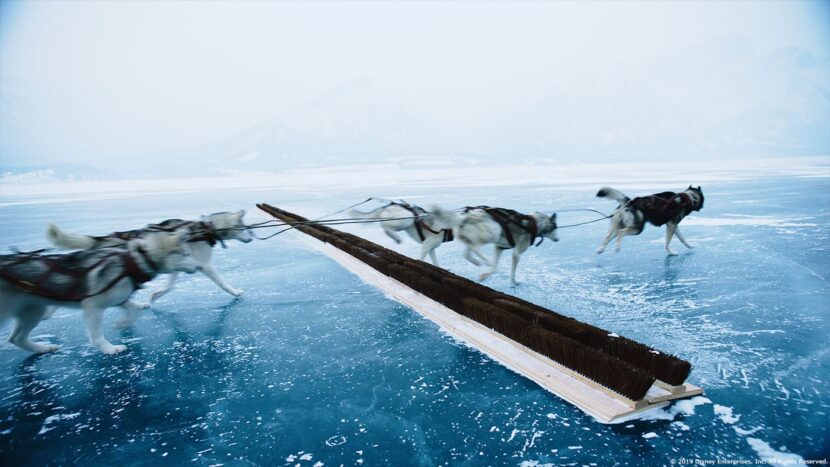
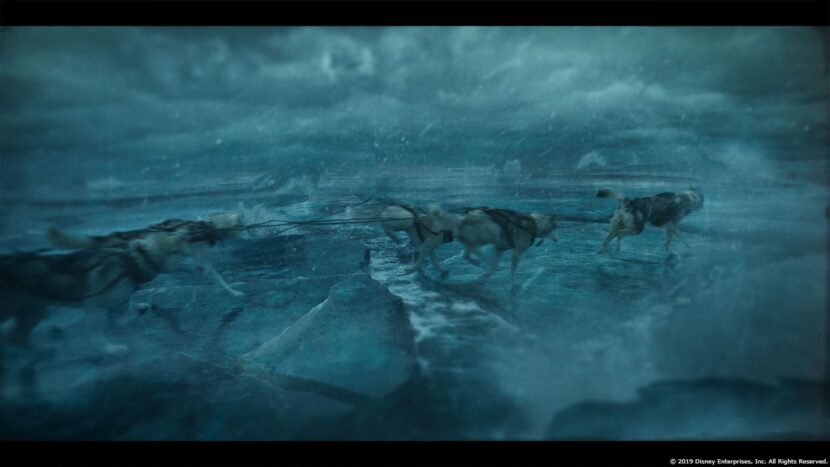
Scope of work:
DNEG was the primary VFX house and was tasked with creating much of the visual scale and environment of the Alaskan backdrop, and the incredible storm the dog team had to navigate. In particular, the dog sled braves the open ice of Norton Sound to cut the time it takes to get the much-needed diphtheria antitoxin supplies back to the town of Nome. On the return leg, the Ice at Norton Sound breaks up. This required DNEG to create both vast environments and realistic husky dogs, the Norton Sound Icebergs sequence was the largest VFX sequence in the film with 151 shots.
The Norton Sound Icebergs sequence, in addition to being the largest, was also the most complex. Although the plates were shot on the ice of Abraham Lake in Alberta, the only part of the plate retained was of the dog team and Seppala. The rest was replaced by fracturing CG ice, stormy ocean surface with slush and foam, explosions of emerging cracks and water splashing up from the sea, stormy skies, falling snow, and gusts of mist and ice particles along the ice surface.
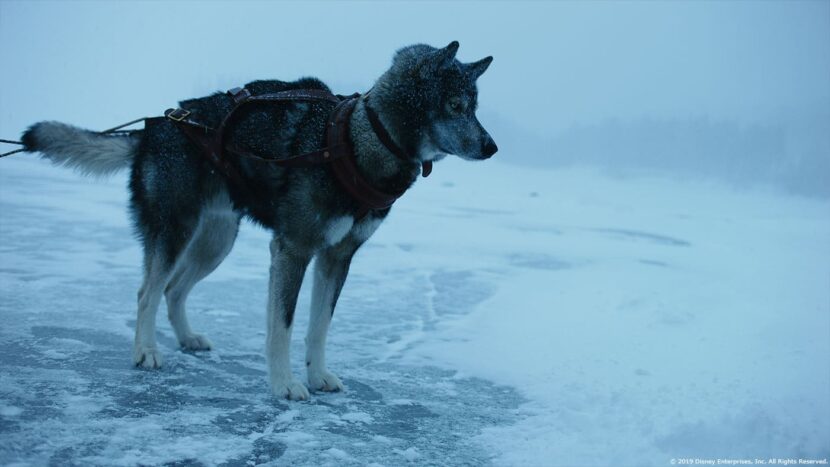
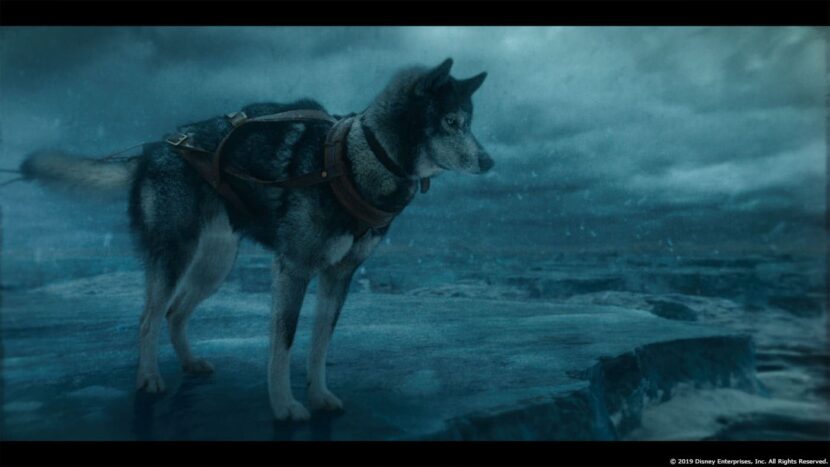
The other large sequence came earlier in the film at Little Mount McKinley. This was 93 VFX shots. This Little Mount McKinley sequence details a portion of their journey where Seppala had gotten off-course due to the storm, and Togo reacts by stopping the team before a fatal dropoff from the mountain.
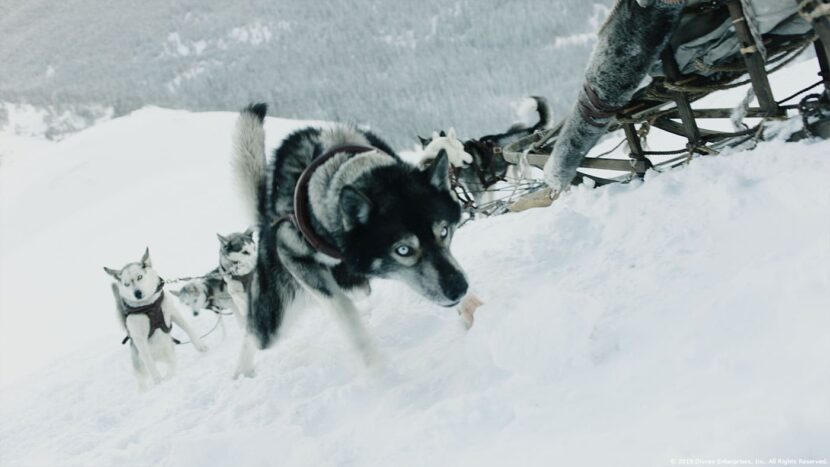
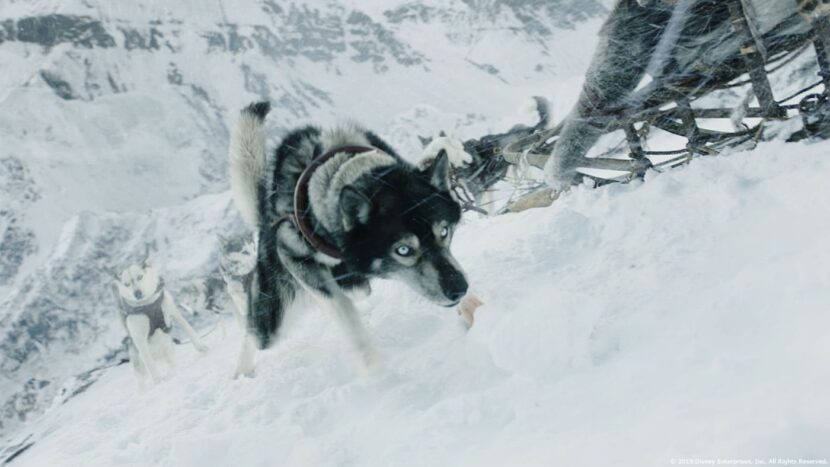
Hero Dog assets
DNEG created digital versions of Leonhard Seppala, his sled, and the 11 dog sled team, including Togo. The team also created digital caribou, both hero and herd versions. The most detailed hero dog model was actually not Togo, another dog Ilsa. In the film, Ilsa was required to snarl at the young puppy Togo as he is put onto the gangline for the first time.
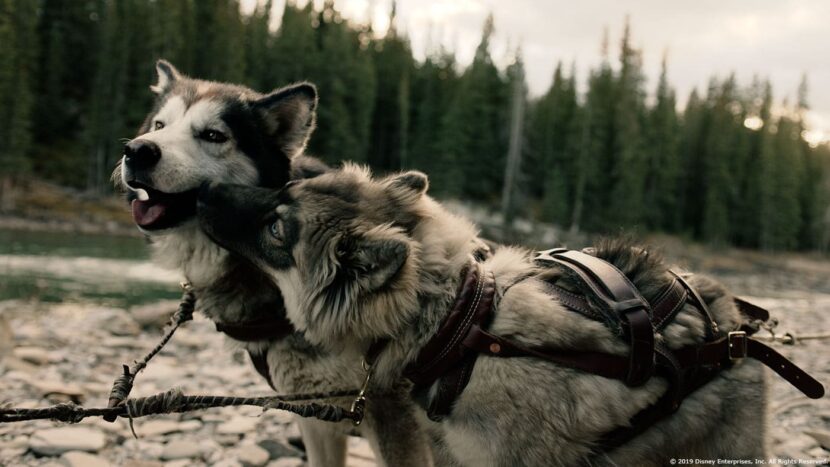
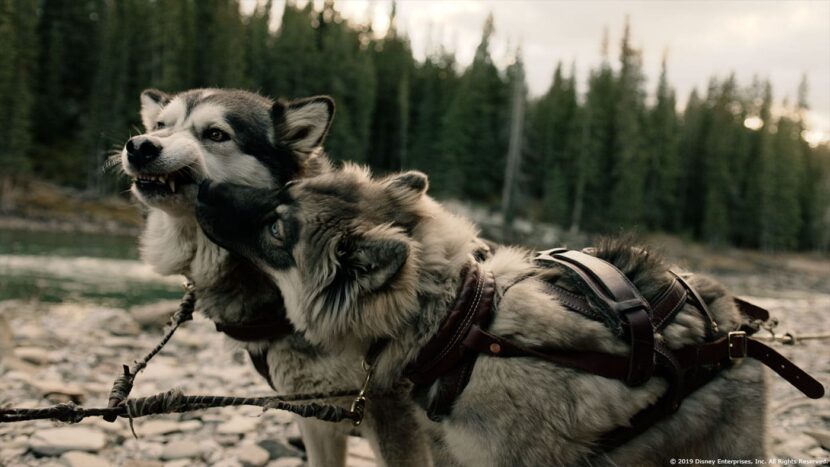
Technical Animation challenges
In the Norton Sound Iceberg shots, the CG dogs needed to keep moving forward with the sled, but also need to fight the loss of traction on the ice as it tilts under their paws. Each dog needed to be hand-animated and given unique dynamic physical performances. The animation team spent months analyzing the physics of sliding on ice, looking closely at what happens to a dog’s body when it falls, slips and slides. As the dogs were also connected by a complex harness system, so the DNEG artists needed to animate these extreme performances within the restrictive limits of the ropes, causing the dogs to push and pull each other around based on these complex interconnections.
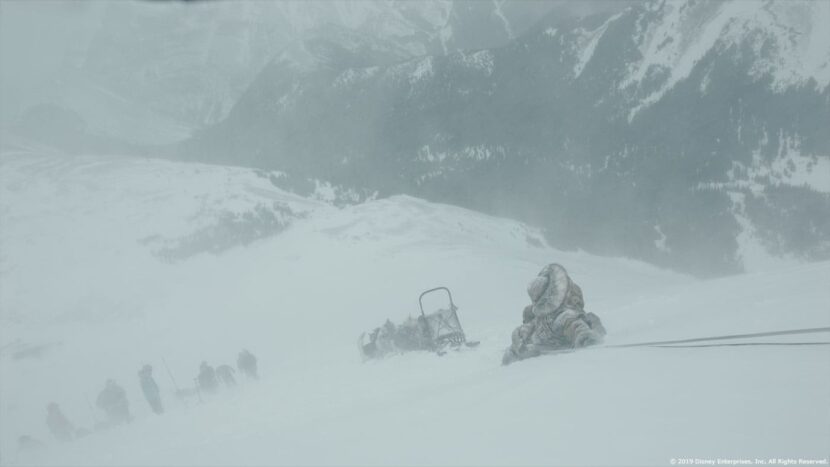
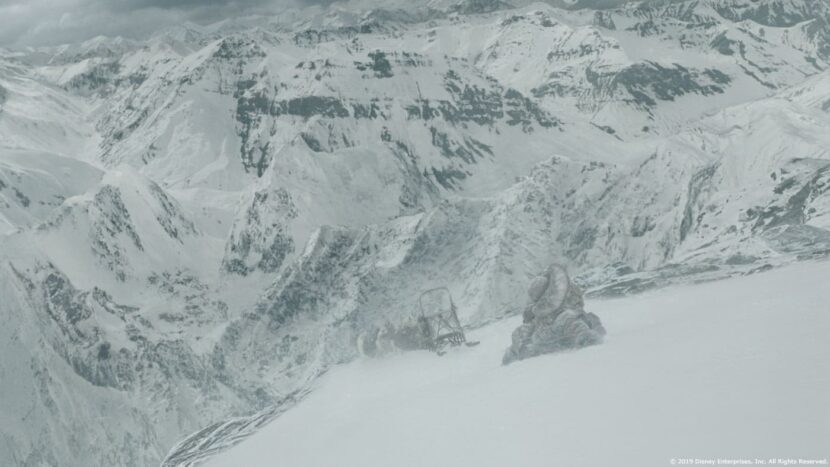
Courtesy : fxguide.com, Credit : MIKE SEYMOUR

